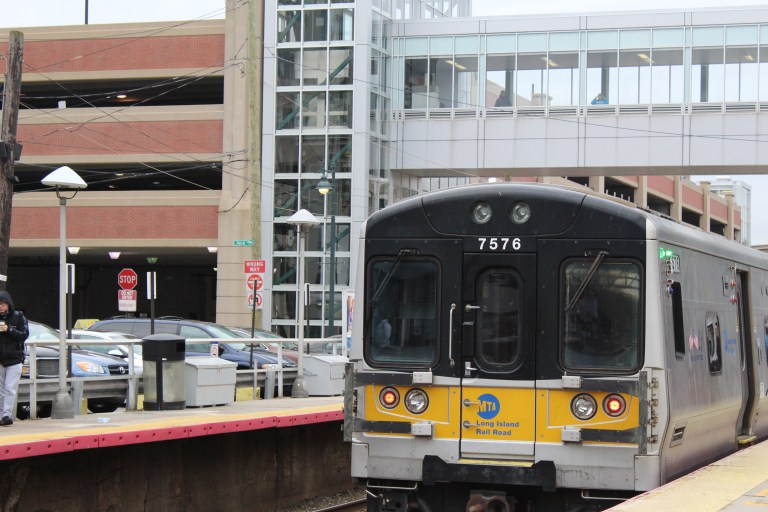
The growth in the price of a Long Island Rail Road ticket will have outpaced wage and inflation growth on Long Island over the last 20 years when planned fare hikes hit in March, according to an analysis by Newsday.
The average monthly ticket has gone up from $170 in 1999 to $335.50 and is slated to rise to about $344 in March thanks to a planned 4 percent fare hike, according to Newsday. This is a 102 percent increase since 1999.
For contrast, the median income of Nassau County residents has only risen 86 percent from $58,155 to $108,133 from 1999 to 2017, while Suffolk’s has gone up from $52,080 to $94,750 – an 82 percent change, according to the U.S. Census Bureau.
This has been paired with an average annual inflation rate of 2.32 percent, which translates to a nearly 55 percent inflation rate, according to Newsday.
Aaron Donovan, a spokesman for the Metropolitan Transportation Agency, which oversees the LIRR, said the increases come as the MTA plans to make “unprecedented levels of investment in the system” and aim to “hold the real cost of LIRR travel steady.”
“We are pursuing the LIRR Forward plan to improve safety and on-time performance, and investing $6.6 billion in 100 capital projects like Main Line Third Track that are transforming and modernizing the LIRR and making up for past underinvestment,” Donovan said. “The recent increases, and the one that is pending, are designed to hold the real cost of LIRR travel steady while keeping pace with a two percent annual inflation rate.”
Donovan also said there is an important ongoing conversation when it comes to congestion pricing and finding other forms of revenue to control larger fare hikes.
Larry Penner, a transportation historian and advocate who worked for more than 30 years with the Federal Transit Administration’s New York office, said the cost per ride isn’t unreasonable.
Penner also said that the fare increases are a necessary source of revenue for improvements to the system to boost on-time performance, describing the LIRR as having misplaced its priorities over the years.
“I’m an old-fashioned believer that you get what you paid for,” Penner said, noting he is “not that unhappy” with the “cost per ride.”
Tickets pay for between 40 and 50 percent of each ride, Penner also said.






